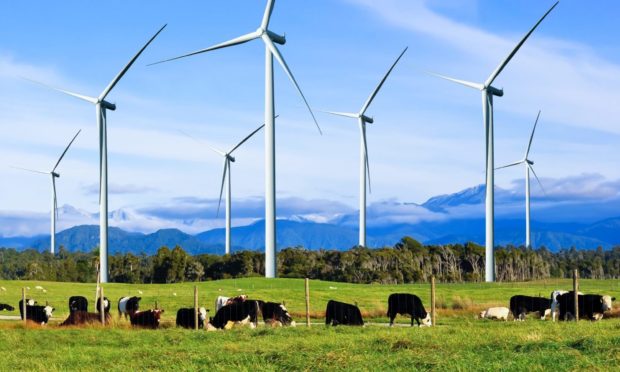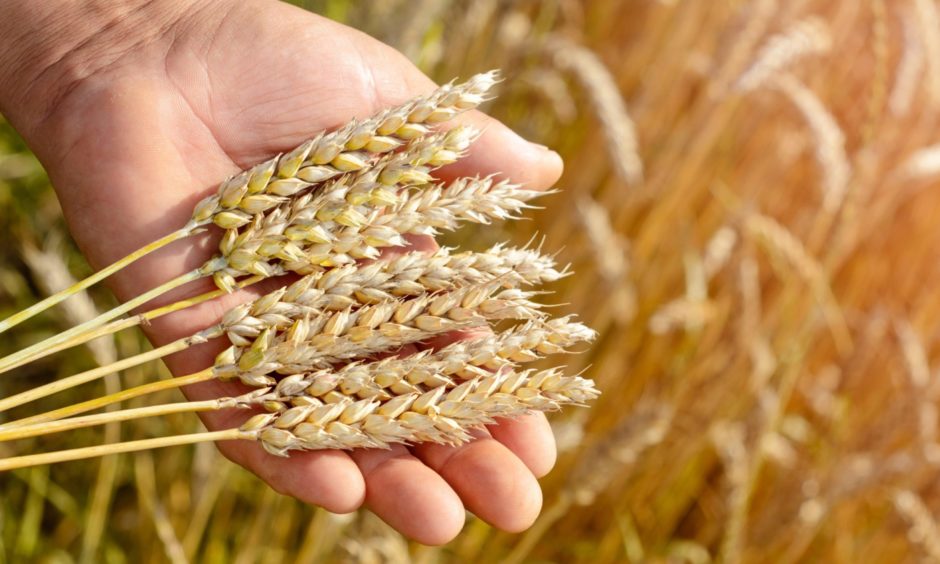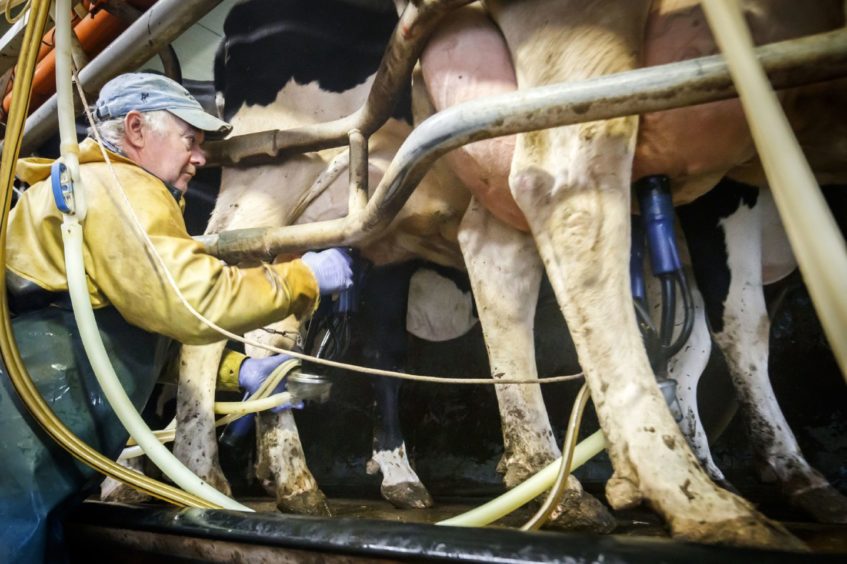Claims that agriculture, particularly livestock production, must be curbed to tackle climate change are constant, but new research from the European Commission shows that far from getting worse the position has improved.
The report, Climate Change and Greenhouse Gas Emissions, says greenhouse gas emissions (GHGs) from agriculture are down 20% against the 1990 base figure.
There has however been no change since 2010, because of a 9% increase in farm production. The GHG figure per unit of output has however fallen. This adds weight to claims that the concept of sustainable intensification works.
Commission
Nonetheless, the European Commission continues to insist that the goal is an overall reduction in GHG production rather than greater production efficiency. Policies now under consideration include ending greening exemptions for small farmers, excluding reseeded grass from permanent pasture and further moves to discourage coupled livestock production.
Meanwhile, if it is true that a rising tide lifts all boats then farmers should be in for a spell of good fortune.
Global food prices rose sharply in May and have now risen for 12 consecutive months to reach their highest level since 2011.
The increase was across most commodities and reflects improving demand, as global economies recover from the effects of the pandemic. This is based on the United Nations Food Price Index, which rose by 4.8% from April to May and is now almost 40% ahead of May 2020. The cereal price index rose 6% from April to May, despite forecasts that 2021 will see record global production.
The May meat prices index rose by 2.1% , with all sectors gaining, reflecting improved demand from China. Dairy price gains were more modest at 1.8%, but prices were nonetheless 28% ahead of the same month in 2020. This was led by milk powders, with the only dip being for butter because of higher export supplies from New Zealand.
However the European Milk Board action group farmers used World Milk day on June 1 to protest over lower prices in action that was coordinated across Europe, beginning with a march and protest in Berlin.
Similar protests were held in a number of member states and other European countries, including France, Italy, Norway and Switzerland.
The group’s message is that rising costs in the face of poor prices mean that dairy farmers are working harder than ever to earn less than the minimum wage in most countries on a per hour basis.
The protests will continue through the month.
In the UK farm lobby organisations warned that the milk price/cost ratio is now at a tipping point where production could fall. Ironically this coincided with evidence of higher global dairy prices, suggesting the supply chain may not be working effectively in the EU.


